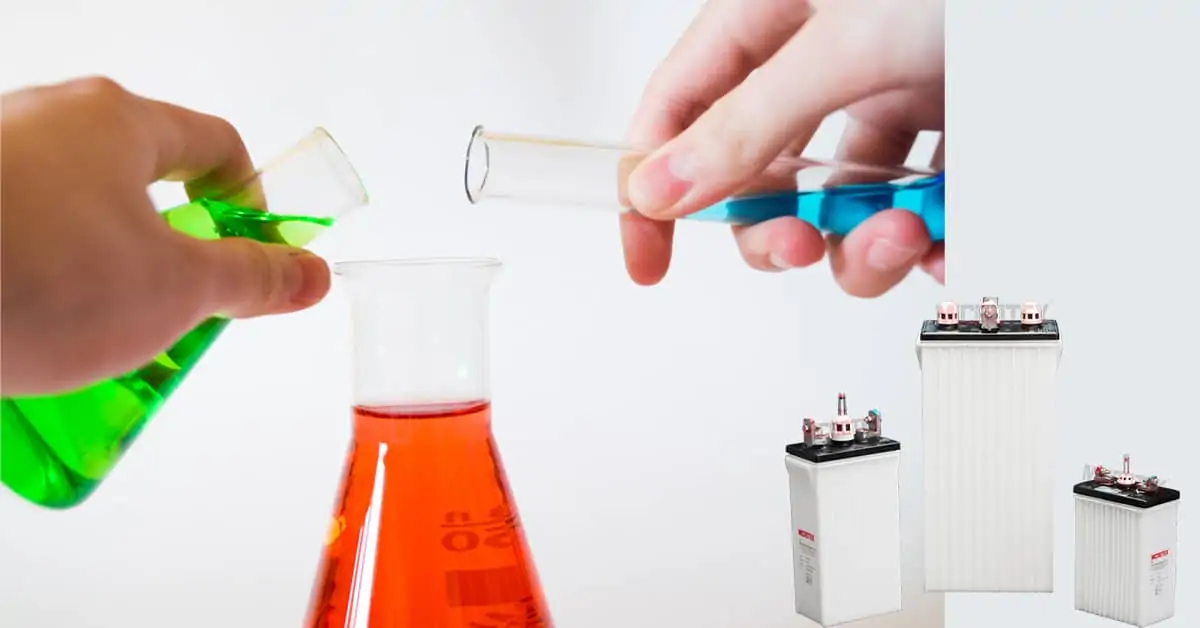Lead acid battery operating temperature
How does temperature affect the voltage of a battery?
When temperature increases, the equilibrium voltage of a lead-acid cell, EMF or Open circuit Voltage decreases. This is governed by Nernst equation and thermodynamic behavior of electrochemical cells.
The temperature coefficient for a lead acid battery is -2.5 to -3.0 millivolts per °C per cell,
The negative coefficient implies that as temperature increases, the OCV and float charge voltages will be reduced.
Effect of Temperature on Electrolyte Specific Gravity (Sp. Gr.)
Temperature also influences the acid density.
As temperature increases, electrolyte expands, reducing its specific gravity.
The temperature compensation factor for specific gravity is approximately 0.00007-0.001 per °C.
The electrolyte expansion is typically about 4-5% over a range of 50 °C. This in effect contributes to apparent decrease in measured Sp. Gr. and should be corrected using a hydrometer with reference to the temperature compensation table.

Voltage correction guidelines
For charging and float voltage compensation, the following values are standard:
| Temperature | Voltage correction per cell | System-Wide correction(eg 48V system) |
|---|---|---|
| ↑ 1°C above 25°C | −3.0 mV per cell (float/charge) | −72 mV per 48V string |
| ↓1°C below 25°C | +3.0 mV per cell (float/charge) | +72 mV per 48V string |
These values are applicable for batteries operating with electrolyte specific gravity around 1.280 @ 25°C, which is typical in stationary and motive power applications.
Practical temperatures for battery operation
Operating temperature affects battery life, efficiency, and safety:
Optimal range: 20°C to 25°C.
Mild concern threshold: Begins at 27°C, when increased gassing starts.
High concern: At 35°C and above, the rate of grid corrosion, water loss, and self-discharge increases sharply.
Rule of thumb: Battery life is halved for every 10°C rise above 25°C (Arrhenius law).
Summary
When the temperature increases, the open-circuit voltage of a lead-acid cell decreases by about 2.5–3.0 mV/°C per cell due to thermodynamic effects. At the same time, electrolyte expansion leads to a drop in specific gravity. Therefore, the charging and float voltages must be reduced by ~3 mV/°C above 25°C to avoid overcharging, excessive gassing, and premature grid corrosion. Likewise, at low temperatures, voltage must be increased to compensate for reduced activity. Always use temperature-compensated charging systems to maintain battery health and longevity.




